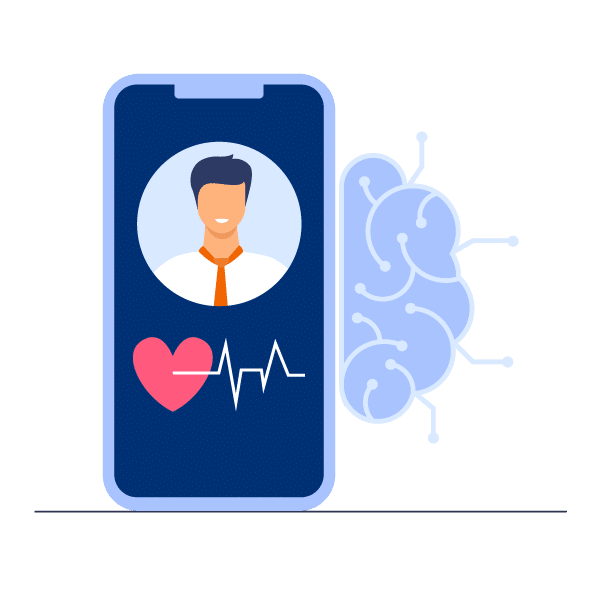An article in partnership with medtechintelligence.com, written by Caroline Shleifer, the CEO and founder of RegASK, a RegTech company that employs cutting-edge technology to tackle challenges in the regulatory intelligence and compliance industry.
AI-driven regulatory platforms support SaMD organizations by proactively monitoring and adapting to the dynamic global regulatory landscape. The technology alerts users to anticipated regulatory updates worldwide, facilitating improved foresight and trend detection. It also provides guidance on addressing potential lapses in product compliance, integrates with existing workflows and streamlines regulatory tasks from classification to registration and market entry.
The field of digital health is rapidly transforming healthcare. With the integration of technology, clinical data and analytics, digital health is improving patient care, diagnostics and treatment methods. More specifically, Software-as-a-Medical-Device (SaMD)—a subsector of digital health—is gaining traction in both industry scale and innovative solutions.
However, the SaMD market is subject to increasingly complex regulatory requirements that differ from country to country. Navigating multiple global markets demands careful consideration. According to the Ponemon Institute, the average cost for organizations with noncompliance problems is $14.82 million. These costs include fines, penalties and goods held at customs if regulatory requirements are not met. To align with regulatory requirements and ensure successful market entry, manufacturers must understand medical device regulation intricacies and continuously monitor global regulations.
Regulatory professionals are crucial in navigating diverse regulatory frameworks and market feasibility, and the addition of AI-driven regulatory platforms can simplify the process. The technology can promptly notify professionals of global regulatory updates and highlight essential regulatory changes and their implications for product compliance.
AI-driven regulatory platforms support SaMD organizations, in particular, by proactively monitoring and adapting to the dynamic global regulatory landscape. The technology promptly alerts users to anticipated regulatory updates worldwide, facilitating improved foresight and trend detection. It also provides guidance on addressing potential lapses in product compliance, seamlessly integrating with existing workflows and streamlining regulatory tasks from classification to registration and market entry.
In recent years, regulatory bodies have adopted these technologies to help manage their own workloads. For example, the U.S. Food and Drug Administration adopted AI[1] to speed up application screening and reduce backlogs. The technology saved the agency over $500,000 annually[2] and reduced an estimated 5,200 hours of work.
Global SaMD Regulations
Here’s a glimpse of how regulatory frameworks for SaMD vary in different regions:
United States: SaMD products are regulated by the FDA, with classification based on risk[3] (Class I, II, or III). Class II and III devices undergo rigorous premarket reviews.
European Union: SaMD falls under the EU Medical Device[4] and In Vitro Diagnostic Regulations, requiring CE marking for conformity. Device classification depends on intended use and risk.
Canada: Health Canada oversees SaMD as medical devices. Classification is based on intended use and risk[5], requiring a Medical Device Establishment License and product registration.
Australia: SaMD products are considered medical devices[6], regulated by the Therapeutic Goods Administration, and require registration before marketing.
China: China classifies SaMD as medical devices, subject to regulations from the National Medical Products Administration, with varying pathways based on risk[7].
References:
[1] dlapiper.com – FDA is embracing AI for its own purposes. Are you keeping pace?
[2] RegASK.com – Artificial Intelligence and Its Regulatory Applications
[3] fda.gov – Software as a Medical Device (SaMD)
[4] health.ec.europa.eu – Manual on borderline and classification for medical devices under Regulation (EU) 2017/745 on medical devices and Regulation (EU) 2017/746 on in vitro diagnostic medical devices
[5] canada.ca – Guidance Document: Software as a Medical Device (SaMD): Definition and Classification
[6] tga.gov.au – How the TGA regulates softwarebased medical devices
[7] english.nmpa.gov.ca – Rules for Classification of Medical Devices


